The Pest Gymnastics Society was created in 1866 and considered the construction of the National Gymnasium one of its major goals. The building was opened in 1870 on what is today Szentkirályi Street. Almost all sports practised at the time were part of the society's roster. However, its most important achievement was possibly starting the training of physical education teachers in Hungary from 1868.
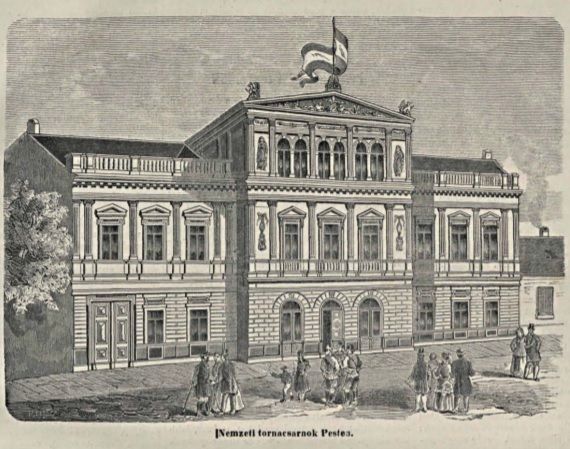
The National Gymnasium in Ősz Street opened in 1870 (presend-day 26 Szentkirályi Street) (Source: Vasárnapi Ujság, 18 December 1870)
A long time coming. At the beginning of the 19th century, organised sport was non-existent in Hungary. Physical training was primarily popularised by the Count István Széchenyi and Baron Miklós Wesselényi. At the time, sporting in Hungary was limited to horse riding and fencing lessons from fathers or travelling teachers. Inspired by the travels to Britain, Széchenyi and Wesselényi believed that sporting should be reformed through horse riding.
However, "the two did not limit themselves to horsemanship. Whatever they saw of physical training and gymnastics in England or the countries in-between they brought home" – write László Siklóssy in A magyar sport ezer éve ('A thousand years of Hungarian sport') in 1928. In the 1820s fencing masters from abroad settled in Hungary and founded well-known dynasties.
The Pest Fencing School opened in 1824, and several others followed. The fencing masters propagated a kind of sportsmanship to their pupils. They expected sportsman-like and calm behaviour. The English dandy became the ideal of young men around the country. Contemporary sources claim that trained, sporty gentlemen, sensitive to their appearance and honour were the norm.
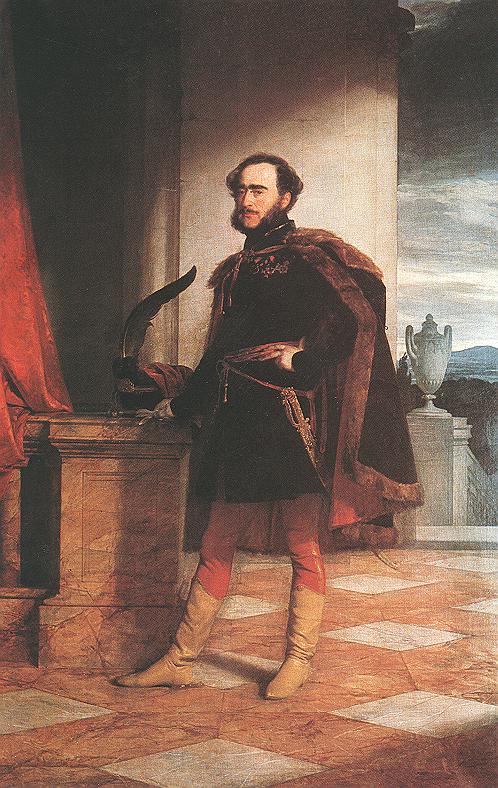
Count Széchenyi István popularised physical training in Pest in the Reform Period (Painting by Friedrich von Amerling, 1836. Source: Wikipedia)
Count Széchenyi believed that he could find the driving force of his reforms in his own social class. However, they were uninterested in public matters, especially Hungarian ones. The life of the aristocracy was governed by the seasons. Many of them spent the winter and early spring city season in Vienna or Pozsony (present-day Bratislava, Slovakia). Thus the institutions that could encourage them to stay in Buda or Pest for longer periods had to be created.
Although the Count and his allies laid the foundations with the establishment of the Hungarian Academy of Sciences and the Pest Casino (later National Casino), and by bringing horse races to the country, the fruits of this work only grew in the 1850s. The National Riding Hall was built in the increasingly appealing area behind the National Museum, followed by the palaces of the aristocracy and the old building of the national diet.
A company of magnates founded the National Horse Riding, Shooting and Fencing Society at the initiative of Count Antal Szapáry. The Society built its stables and riding hall behind the National Museum. A design was commissioned from Miklós Ybl. Construction begun on the plot directly behind the National Museum (on the present-day Pollack Mihály Square) in 1857 and the building was completed by 1858. A gymnasium planned by Ybl was built just to the north, the Beautification Committee issued a construction licence in April 1958. The two buildings together housed a riding hall, a shooting range, a fencing hall and a training room.
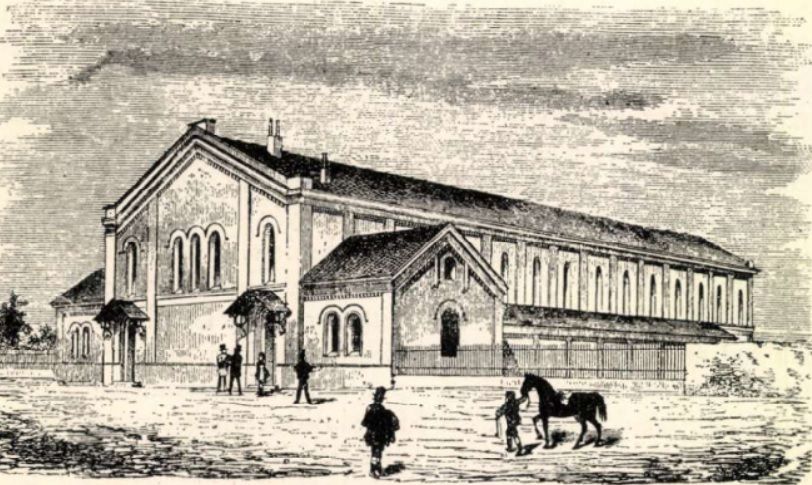
The National Horse Riding Hall designed by Ybl (Source: László Siklóssy: A magyar sport ezer éve II., Budapest, 1928, Arcanum Digitális Tudománytár)
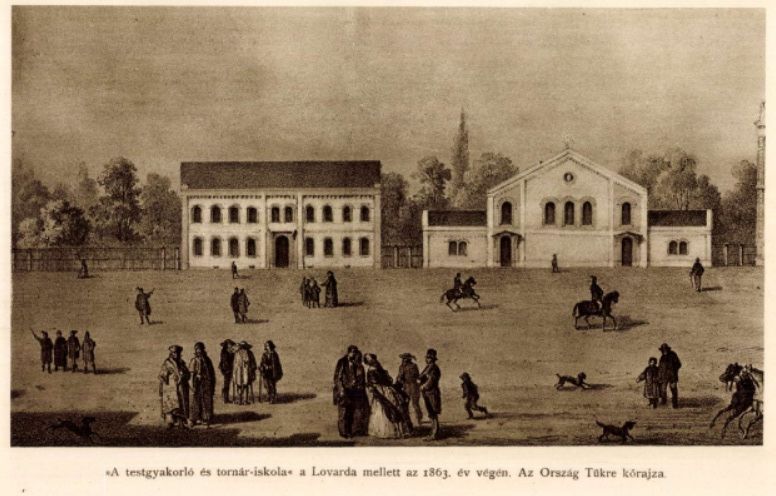
"The Physical Training and Physical Education Teacher School" next to the riding hall (Source: A magyar sport ezer éve II., ADT)
By the time several trainers were already working in Pest. Gymnastics were introduced by Ignác Clair, a retired French officer, and gymnastics and fencing teacher, who settled in Pest after the Napoleonic wars. He founded a gymnastics school in 1839, and then the Pest Physical Training Society in 1839. The absolutist government introduced after the War on Independence had adverse effects on Hungarian sporting life. Clair's Society, however, survived as it mostly trained children.
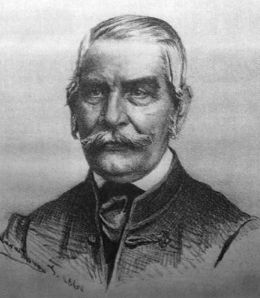
Ignác Clair, founder of the Pest Physical Training Society (Source: Wikipedia)
By the 1860s demand had outgrown the old-fashioned school set up by Clair. The youths returning from emigration wanted to brings their own gymnastic styles home with themselves. The young sportsmen, le by Dr Tivadar Bakody, turned to the state for support in constructing a sports hall that could be used in the winter and summer.
In 1863 they submitted a request to the Governor's Council, to create the Pesti Torna Egylet ('Pest Gymnastics Society') At first the council rejected their request, so the youths turned to Clair for help. They leased and furnished a house under 3 Őt Pacsirta Street (today Puskin Street). Soon, the gymnasium opened under the leadership of Ignáv Clair, not far from the Pest Physical Training Association. However, Clair only gave his name to the initiative, as he had a well-oiled organisation with aristocratic patrons. Visitors to the new sports hall practised under the watchful eyes of Dr Tivardar Bakody and Dr Ábrahám Szontágh.
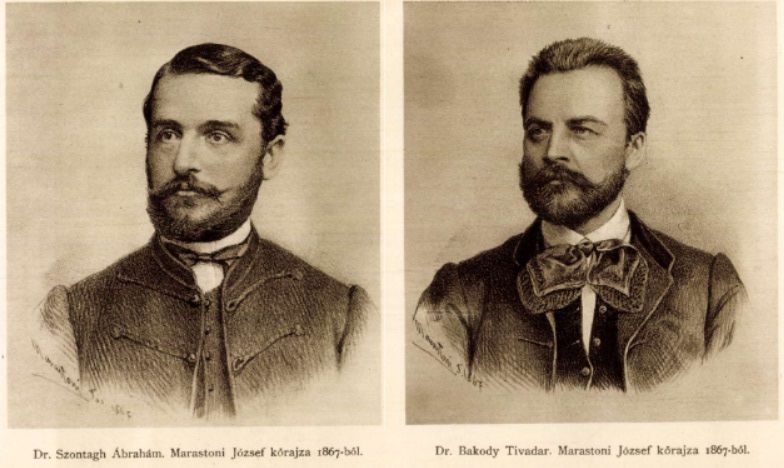
Dr Ábrahám Szontágh and Dr Tivadar Bakody founders of the Pest Gymnastics Society (Source: László Siklóssy: A magyar sport ezer éve II., ADT)
The Pest Gymnastics Society was finally established in 1866, and Clair's associations merged with the new organisation. The athletes even had a uniform of a short coat with Hungarian braided decorations, trousers made of sail-cloth, a red shirt, a short tie in the colour of a cornflower, and a dark brown straw hat. An insignia with the society's motto: "Health, strength, agreement" added the finishing touch. The rule book also stated that practising gymnastics in stirrups was forbidden. "In the final flaring up, of Hungarian fashion, they thought it best to regulate this as well," writes László Siklóssy in his book.
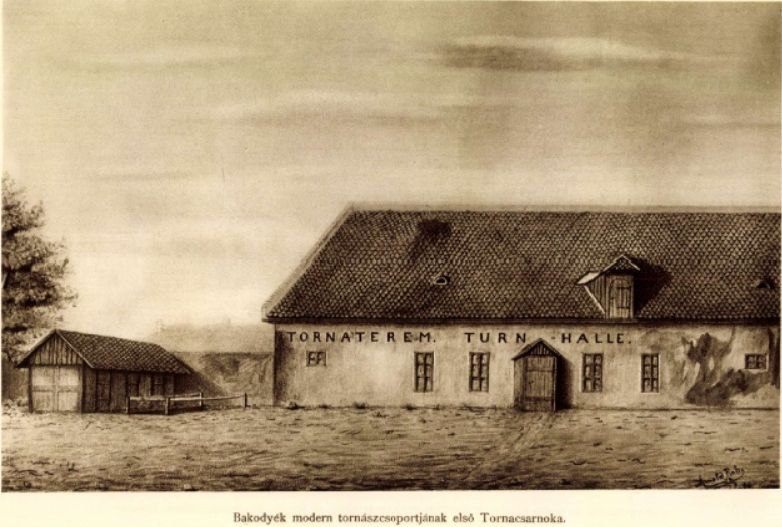
The first gymnasium used by Bakody's group of athletes (Source: László Siklóssy: A magyar sport ezer éve II., ADT)
The Pest Gymnastics Society changed its name rather soon. The reason behind this was Ödön Széchenyi, who founded a volunteer firefighting force in 1866. He was envious that the gymnasts received more attention in the press. Thus, he envisioned that the two societies could be merged, following a German example. This is how the National Gymnastics and Fire Fighting Society was formed. Its new sports hall opened on 4 December 1870, in Ősz Street (present-day Szentkirályi Street).
Mór Kallina designed the building. It housed a fencing hall, a boardroom, a sports hall, changing rooms and flats. The main hall could fit 150–200 athletes and was illuminated by 9 large windows on either side. Spectators could watch from a gallery.
"Serious work proceeded to the opening ceremony. At half-past four in the morning, a fire broke out in the headquarters of an omnibus company next to the Kerepes customs house. The firefighters appeared and quickly put out the flames. Once finished, they formed up and marched to the opening ceremony in formation. The audience was so numerous that it filled the gallery and the main hall, and the gymnasts had a hard time keeping the space needed for their work free" wrote Vasárnapi Ujság on 18 December 1870.
The Society practised nearly all sports popular at the time (athletics, gymnastics, skating, fencing), but most importantly, they began training physical education trainers in 1868, In 1881 the first woman student was also allowed to enrol, and the society also established the Hungarian Committee for Preparation for the Olympic Games. The National Gymnastics society was dissolved in 1949.
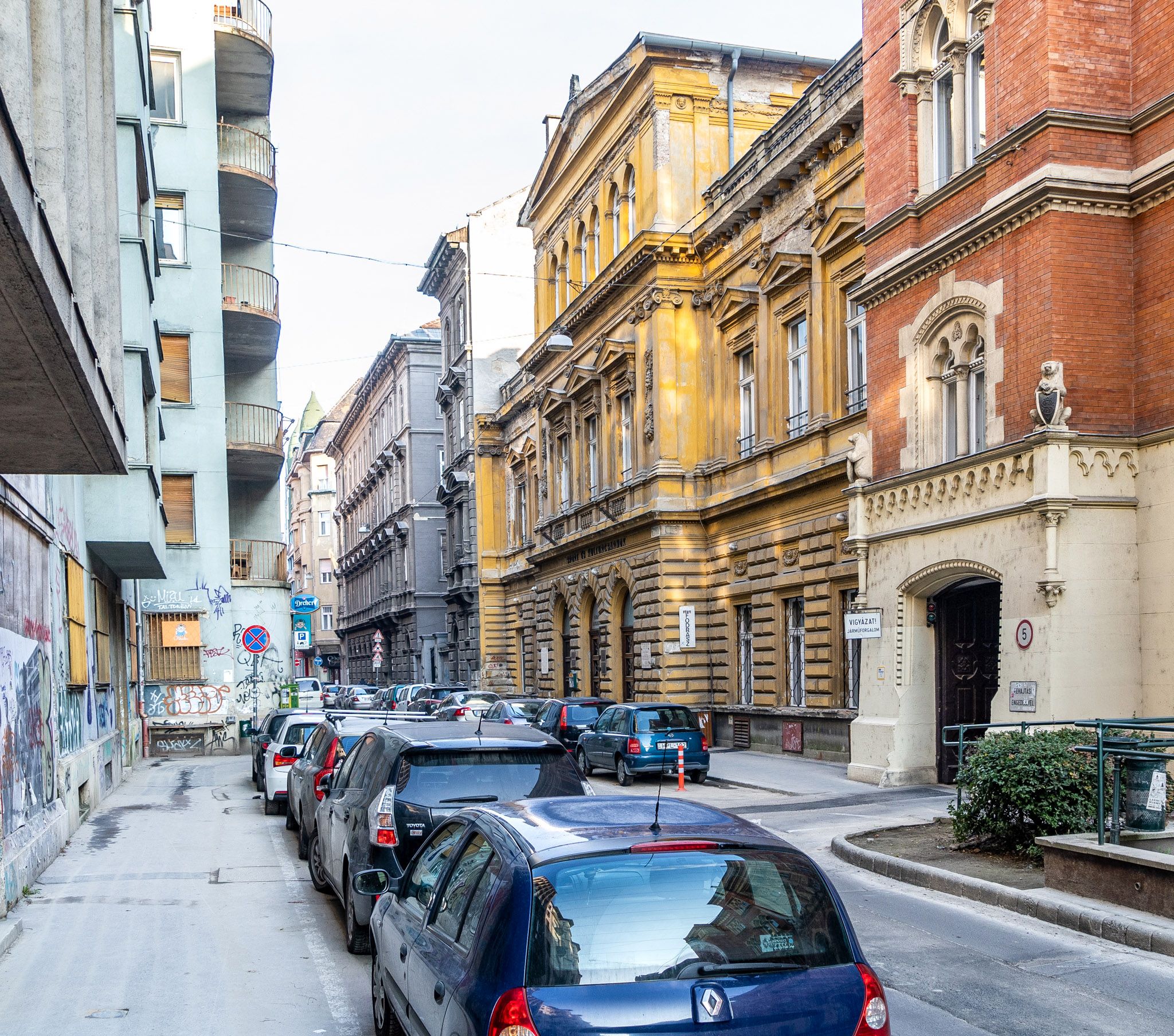
The National gymnasium (yellow) was completed in 1870 according to the plans of Mór Kallina. (Photo: Balázs Both/pestbuda.hu)
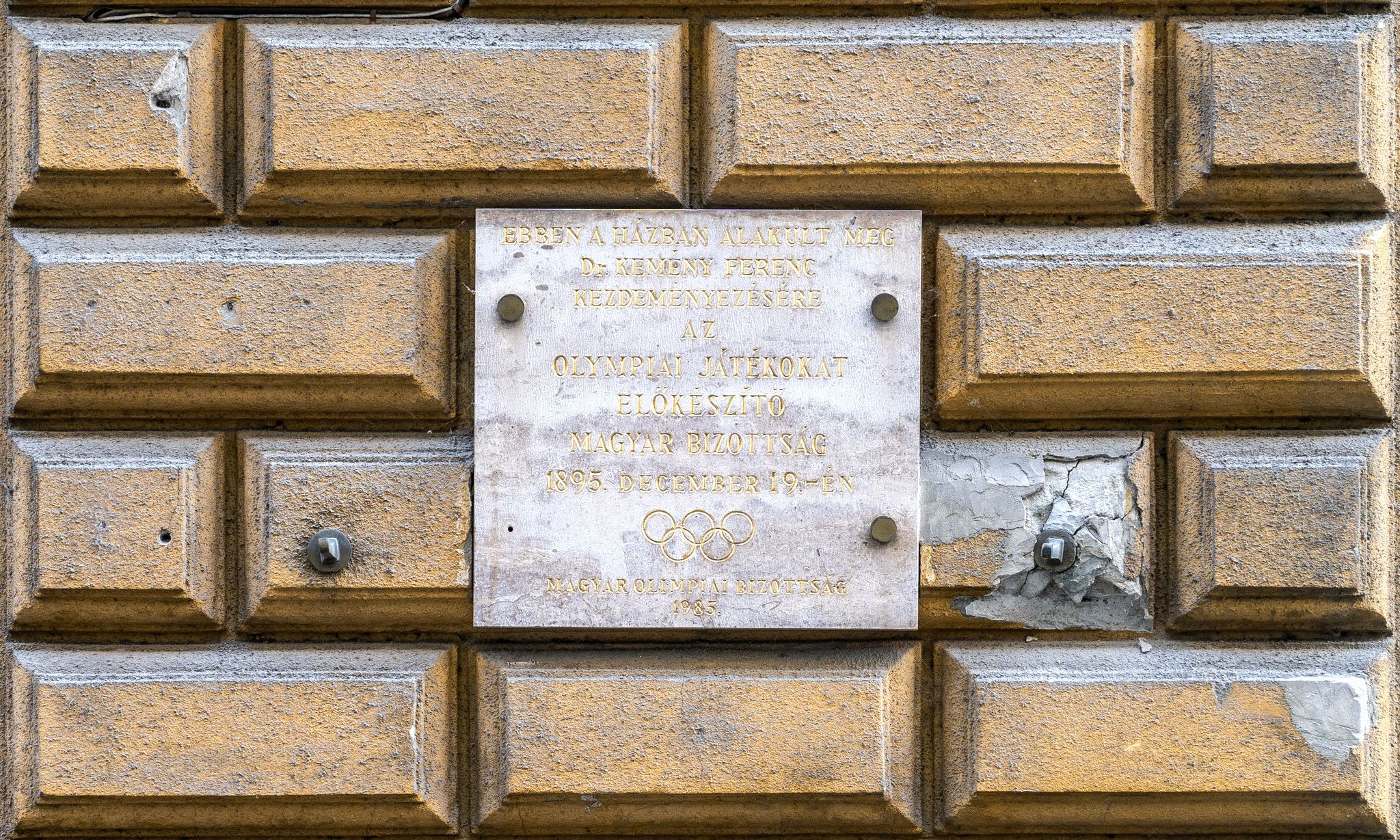
A plaque on the wall of the building indicates that the Hungarian Committee for the Hungarian Committee for Preparation for the Olympic Games was established in the building in 1895 (Photo: Both Balázs/pestbuda.hu)
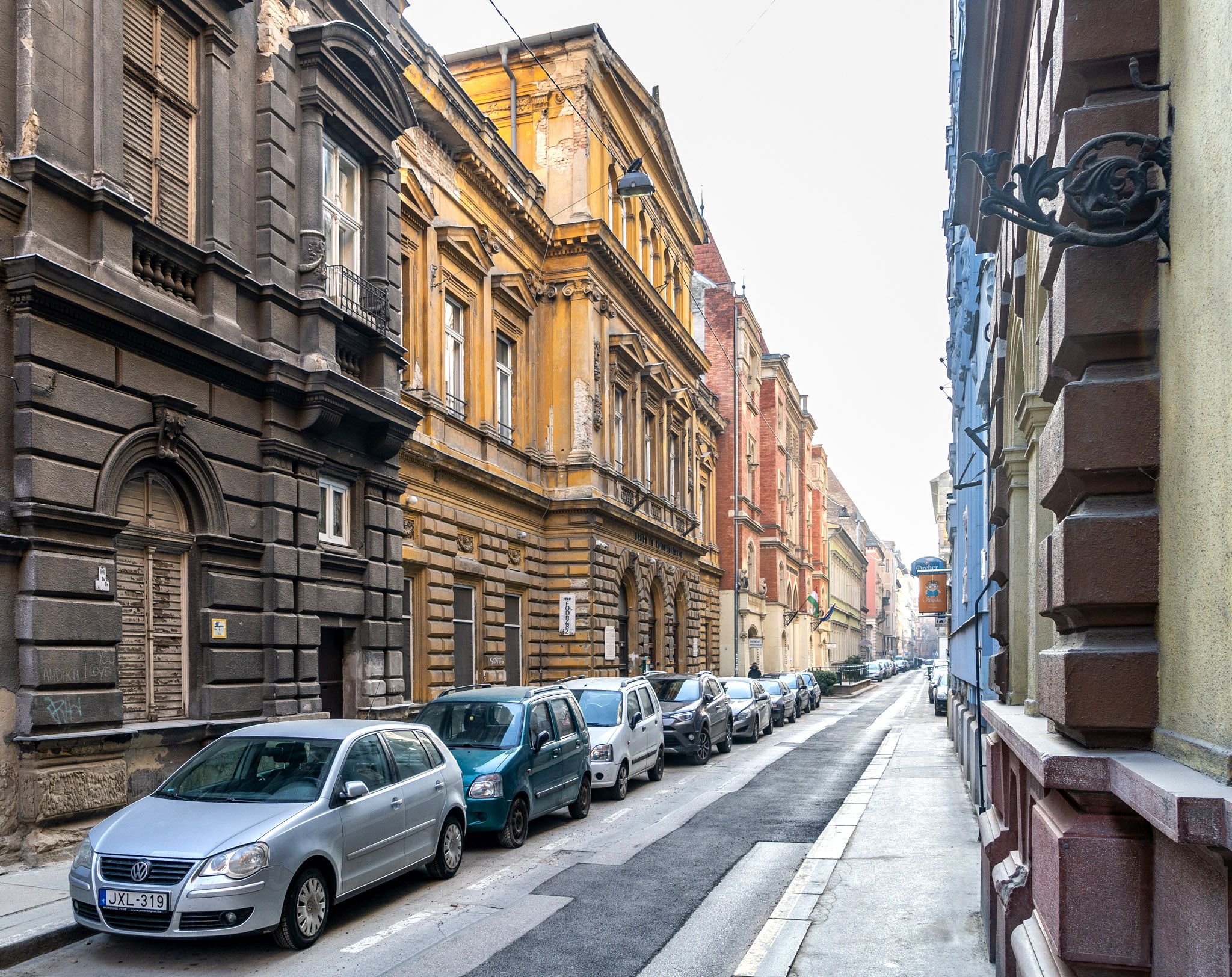
Today, the National Gymnasium is owned by Pázmány Péter Catholic University (Photo: Balázs Both/pestbuda.hu)
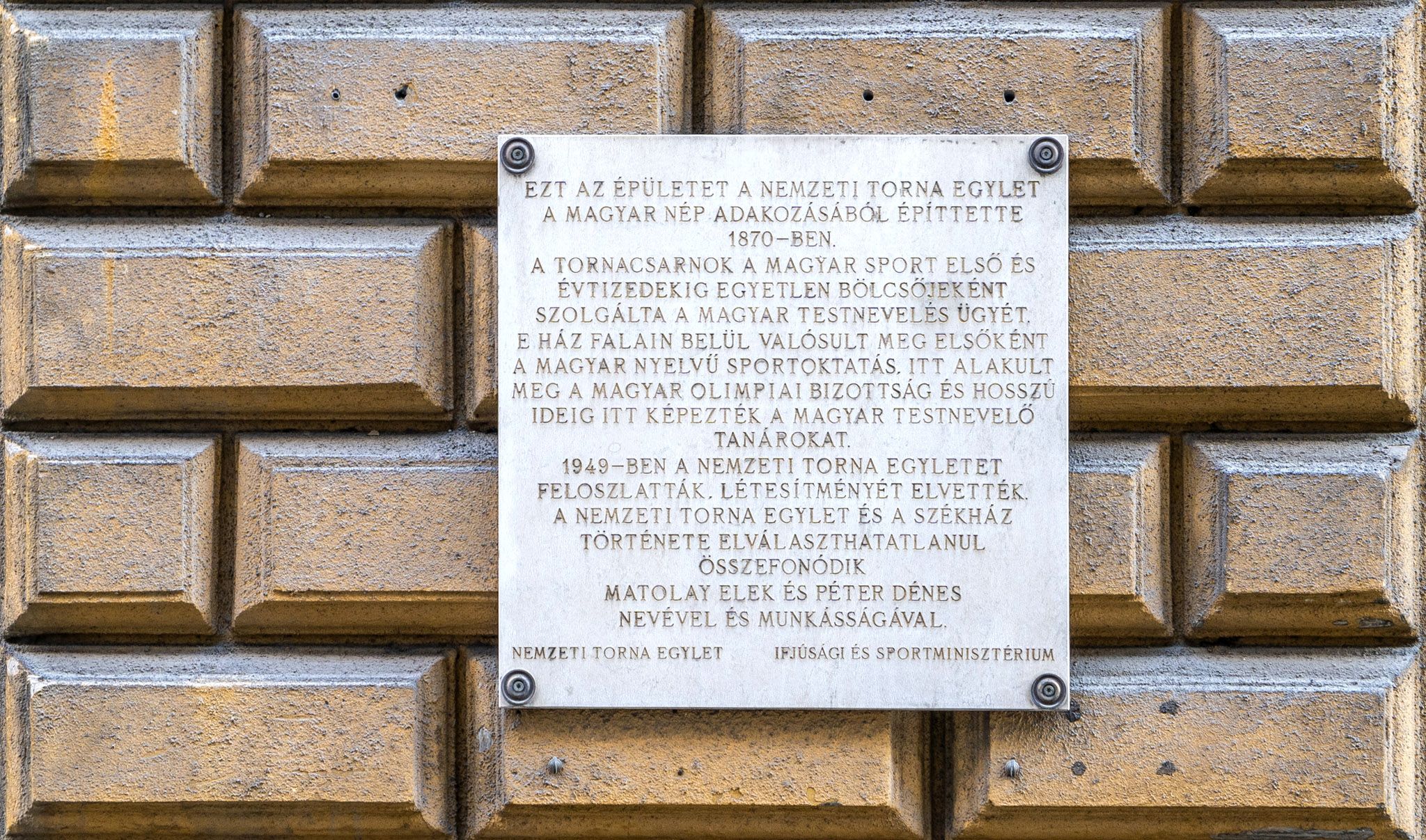
A plaque tells the story of the building's history (Photo: Balázs Both/pestbuda.hu)
Later, the Spartacus Sports Club, founded in 1952, moved into the building. Today, the former gymnasium is owned by Pázmány Péter Catholic University. Employees, faculty and students use the rooms, offices and three sports halls. The University website highlights that visitors can also lease the sports halls.
Cover photo: The building of the National Gymnasium designed by Mór Kallina today (Photo: Balázs Both/Pestbuda.hu)





































Hozzászólások
Log in or register to comment!
Login Registration